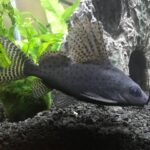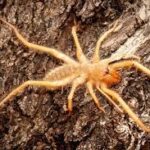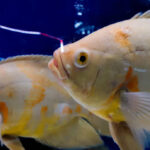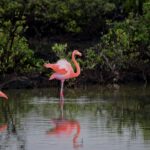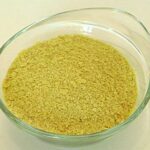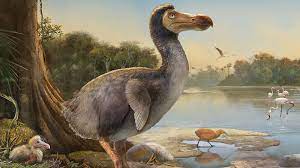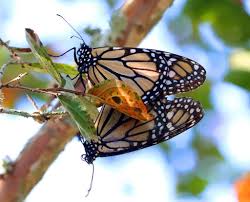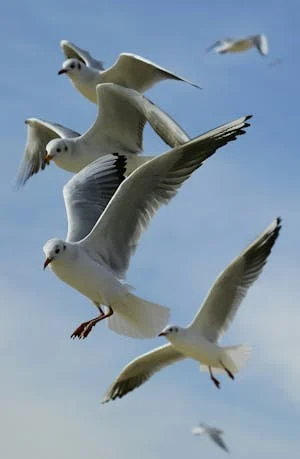The dodo bird, with its plump body, distinctive beak, and comically awkward demeanor, remains one of the most iconic symbols of extinction in the natural world. Native to the island of Mauritius in the Indian Ocean, the dodo bird once thrived in its isolated island habitat, blissfully unaware of the impending doom that would seal its fate. The question that echoes through the annals of history is: When did dodo birds go extinct? Delving into the story of the dodo’s demise reveals a sobering narrative of human influence, ecological disruption, and the irreversible loss of biodiversity.
Table of Contents
The Rise and Fall of the Dodo:
The dodo bird (Raphus cucullatus) was a flightless bird endemic to Mauritius, a remote island located east of Madagascar. Belonging to the pigeon and dove family (Columbidae), the dodo was characterized by its bulky body, small wings, stout beak, and distinctive blue-gray plumage. Despite its ungainly appearance, the dodo thrived in its island habitat, evolving in isolation without natural predators to challenge its dominance.
the Dodo Bird: A Tragic Tale of Lost Avian Majesty
The arrival of European explorers in the 17th century marked the beginning of the end for the dodo bird. Sailors and settlers, drawn to Mauritius by its strategic location and abundant natural resources, inadvertently introduced a cascade of ecological disruptions that spelled disaster for the island’s endemic species. Hunting, habitat destruction, and the introduction of invasive species such as rats, pigs, and monkeys all contributed to the rapid decline of the dodo population.
The Extinction Timeline:
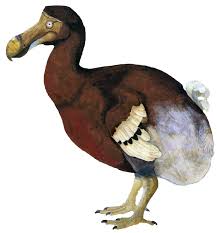
While the exact timeline of the dodo’s extinction remains a subject of debate among historians and scientists, most evidence suggests that the last dodo bird perished sometime in the late 17th century. The dodo’s demise was hastened by a combination of factors, including overhunting by humans, predation by introduced animals, and habitat destruction caused by deforestation and agriculture.
The earliest documented accounts of the dodo date back to the early 17th century, with Dutch and Portuguese explorers describing encounters with the curious birds during their voyages to Mauritius. These accounts, coupled with archaeological evidence and written records from the period, provide valuable insights into the ecology and behavior of the dodo before its extinction.
By the mid-17th century, the dodo population had already begun to decline precipitously, with European settlers exploiting the birds for their meat, eggs, and feathers. The introduction of invasive species further exacerbated the dodo’s plight, as rats and other predators preyed upon dodo nests and competed for scarce resources in the island’s fragile ecosystem.
Legacy of the Dodo:
Despite its untimely demise, the dodo bird’s legacy endures as a cautionary tale of human-induced extinction and the fragility of island ecosystems. The loss of the dodo represents not only the disappearance of a unique and charismatic species but also the irreversible erosion of Mauritius’ ecological heritage.
In the centuries since the dodo’s extinction, efforts have been made to preserve the island’s remaining biodiversity and protect vulnerable species from a similar fate. Conservation initiatives, habitat restoration projects, and public awareness campaigns serve as reminders of the importance of stewardship and environmental sustainability in safeguarding Earth’s precious natural heritage.
What Happened To The Dodo Bird?
The Dodo Bird grew to around 3 feet in height and weighed between 23 and 39 pounds. Males were larger than females. It was an endemic species and could only be found on Mauritius, an island located in the Indian Ocean. Neither a photograph nor a complete skeleton exists of this flightless bird, however, researchers believe it was covered with grey to brown-colored feathers. Its head is believed to have been bald and it had extra plumage around its tail. The dodo bird is perhaps most recognized by the large, bulbous tip on its hooked beak.
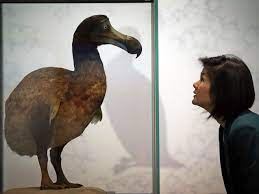
How Did The Dodo Bird Go Extinct?
The dodo bird is often used as a symbol of the lasting damage humans can have on the environment and animal survival rates. Its iconic status as a symbol of species extinction is due to how rapidly this species went extinct after first being discovered by European explorers. In a timespan of only around 100 years, the dodo bird ceased to exist in the wild. Several theories attempt to explain exactly how the dodo bird went extinct and some events have been attributed to its unfortunate and rapid demise. Below are a few of the factors that contributed to the extinction of the dodo bird.
Hunting
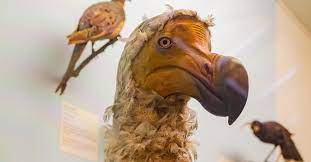
Perhaps the most commonly quoted reason for the dodo bird’s extinction is that it was hunted to extinction. At the core of this theory is the fact that this bird was largely unafraid of humans when the two first made contact. This fearlessness was the result of a lack of natural predators throughout the island of Mauritius. The dodo bird had not lea.
About The Dodo Bird
not learned to be afraid of another species and so faced European explorers with curiosity rather than fear. This behavior, combined with its flightless status, made the dodo bird an easy target for human hunters and it quickly became a staple in the diet of European sailors. Researchers now claim that, although a valid factor, this is an oversimplification of its path to extinction.
Conclusion:
In conclusion, the extinction of the dodo bird stands as a stark reminder of humanity’s capacity to alter the course of natural history through our actions and decisions. The tragic demise of this once-abundant species serves as a sobering testament to the far-reaching consequences of habitat destruction, overexploitation, and invasive species introduction. As we reflect on the loss of the dodo and other extinct species, let us heed the lessons of the past and strive to protect and preserve the rich tapestry of life that surrounds us. In the end, the fate of the dodo serves as a poignant reminder of our shared responsibility to cherish and conserve the precious diversity of life on our planet.









